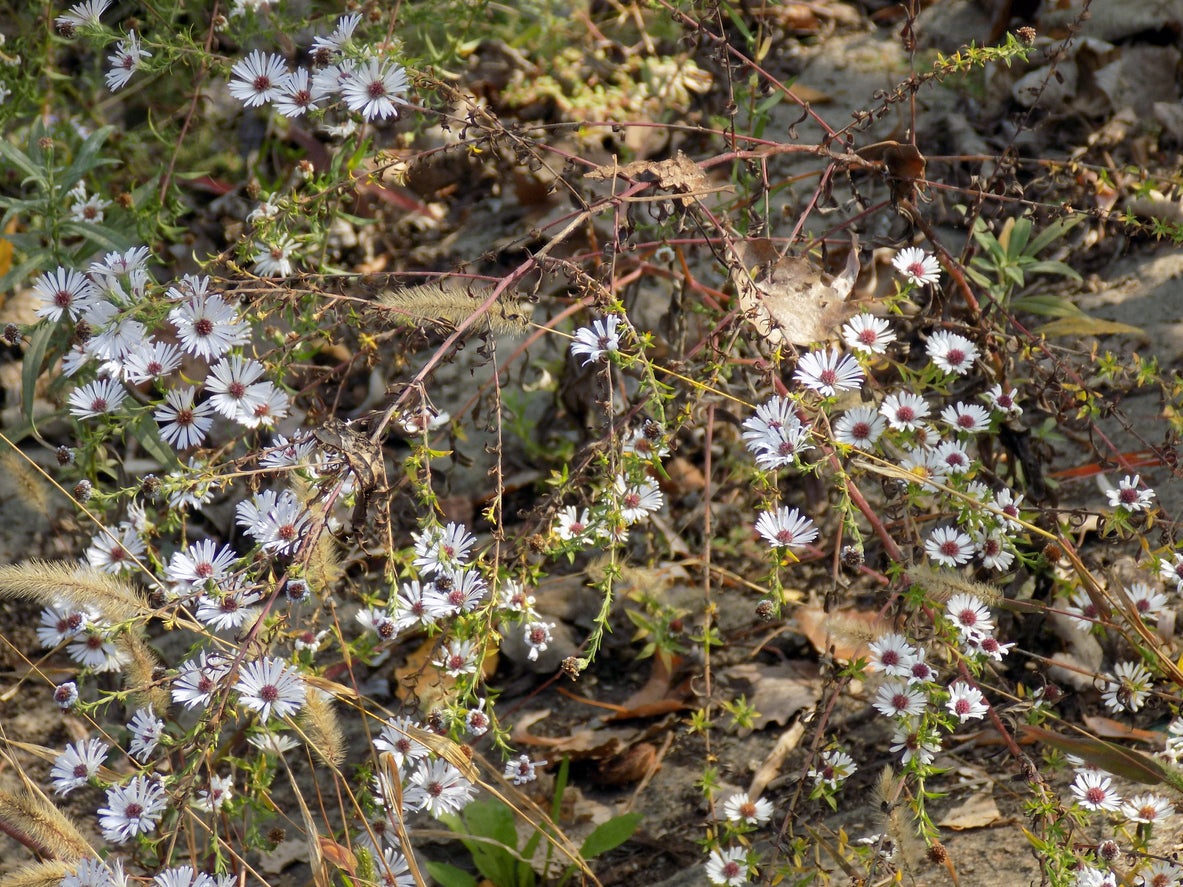What Is Aster Root Rot – Aster Stem Rot Information And Control


Fall-blooming asters provide one of the last colorful treats of the season before winter's cold kiss. They are hardy plants with sturdy dispositions and are rarely bothered seriously by pests or disease. Aster rhizoctonia rot, however, is one disease that crops up in the plants from time to time. This fungus is found in many types of plants and causes a variety of symptoms.
What is Aster Root Rot?
Rhizoctonia affects many types of ornamental perennials and even a few herbs and shrubs. This widespread fungus causes blights, rots, and damping off. Aster stem rot information indicates the disease as starting in soil. The stem rot can progress in the plant to leaves and blooms.
Aster stem and root rot is a result of the fungus Rhizoctonia solani. The pathogen is a soil borne organism that occurs in many types of soil. It remains in soil as mycelium and sclerotia that spread when soil is disturbed.
The fungus can attack roots, stems and leaves. It can be difficult to identify when the disease starts in the roots unless you dig the plant up. The first obvious signs might be on any leaves touching the soil where the leaf wilts and turns dark brown. Stems will develop sunken areas of decay that turn reddish brown. If you pull the plant up, the roots will be dark brown and mushy.
Conditions Favoring Aster Rhizoctonia Rot
In a greenhouse, rhizoctonia rot can spread rapidly due to shared potting medium and spores that can splash into other containers in crowded situations. It is most prevalent in warm, moist weather followed by dry conditions. Crowding and lack of air flow promote the formation of spores.
In the garden, the fungus can persist in the soil for years and attacks many types of plants, which makes crop rotation mostly ineffective. It can even survive in contaminated pots and containers, or gardening tools and boots.
Good cultural care of the plant can minimize some of the damage from the disease but, eventually, the plant will succumb to aster stem and root rot.
Gardening tips, videos, info and more delivered right to your inbox!
Sign up for the Gardening Know How newsletter today and receive a free copy of our e-book "How to Grow Delicious Tomatoes".
Controlling Aster Rhizoctonia
Because this is a soil borne pathogen, control starts with your soil. If you are using a potting mix, make sure it is sterile and do not reuse old soil from other plants. Before planting anything, thoroughly clean all containers and tools.
In the greenhouse, space plants well away from each other and use a fan to increase air circulation. Also, avoid watering the plants from overhead.
Give plants correct cultural care, as healthy plants are less bothered by the fungus than stressed specimens. If necessary, apply a fungicide soil drench. Another method of control includes solarization of soil. The key is sanitation to avoid spreading the disease.

Bonnie Grant is a professional landscaper with a Certification in Urban Gardening. She has been gardening and writing for 15 years. A former professional chef, she has a passion for edible landscaping.
-
 Zinnias On Repeat: 10 Glorious Cut-And-Come-Again Varieties For Endless Summer Bouquets
Zinnias On Repeat: 10 Glorious Cut-And-Come-Again Varieties For Endless Summer BouquetsThese zinnia varieties keep giving all summer, making them the perfect choice for dedicated cutting gardens – or just the occasional homegrown bouquet.
By Ellen Wells
-
 Create A Romantic Garden Straight Out Of Bridgerton: Regency Era Romance In Your Garden
Create A Romantic Garden Straight Out Of Bridgerton: Regency Era Romance In Your GardenTry some romantic garden ideas straight out of Bridgerton. Flowers and gardens in the Regency era were lush and charming and you can get the same look!
By Bonnie L. Grant